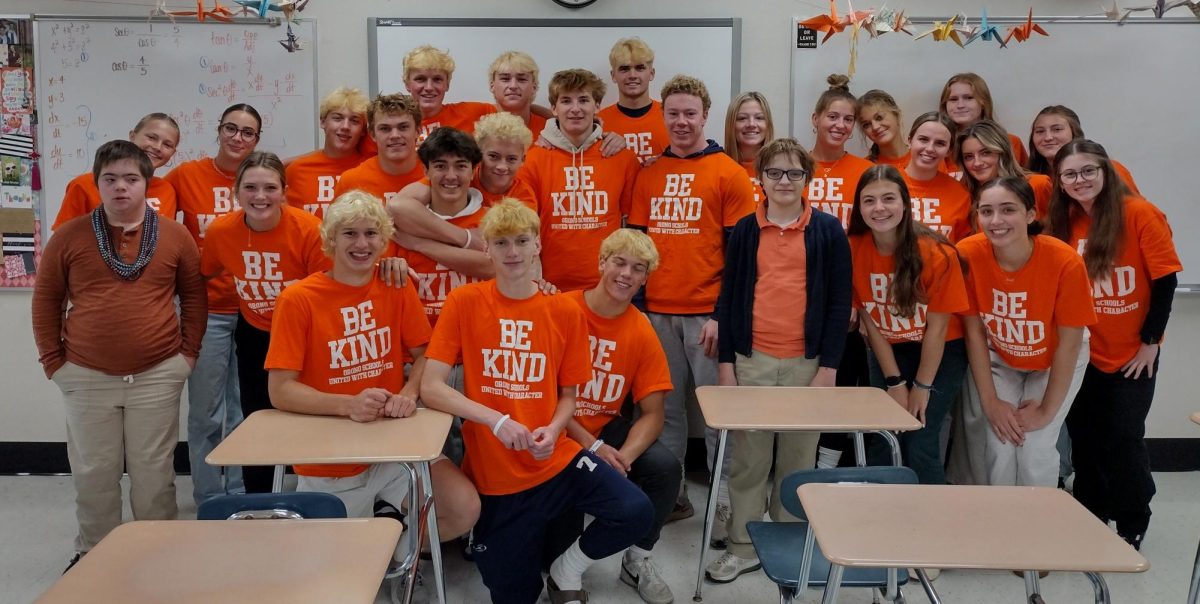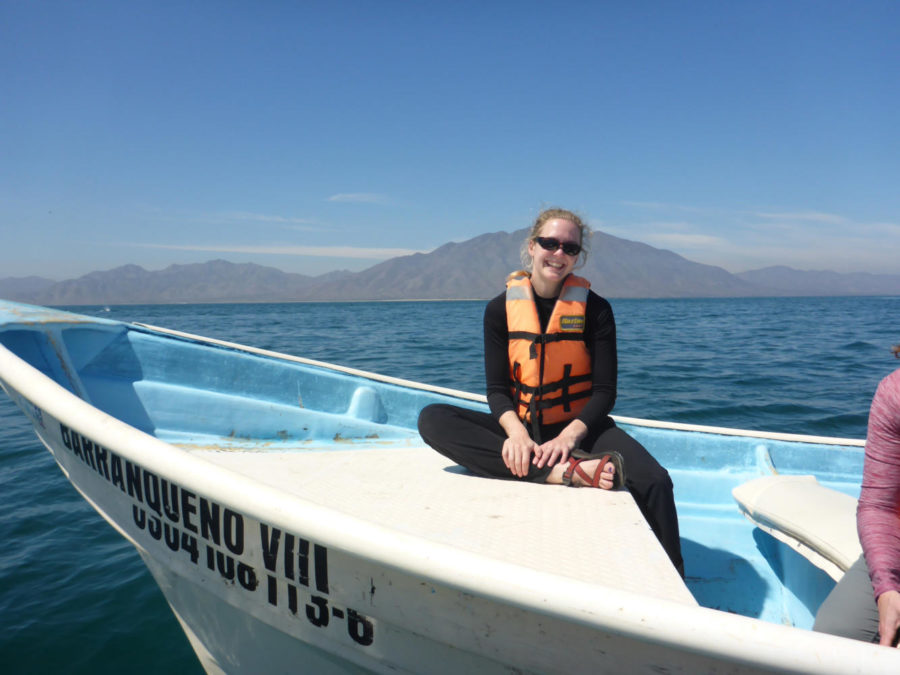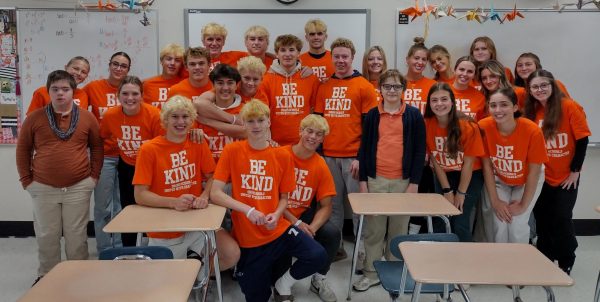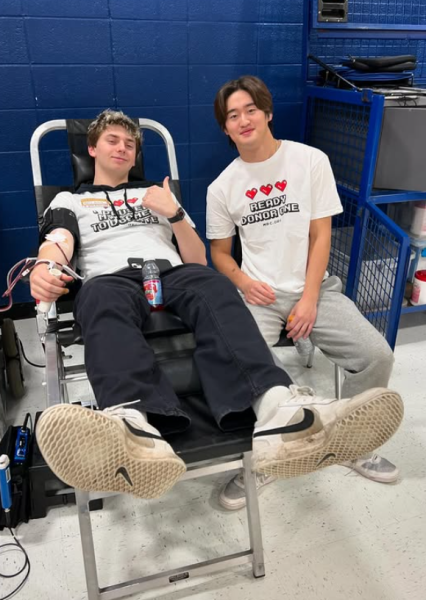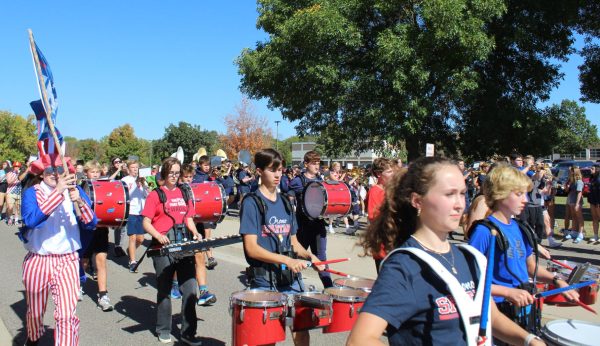Kehret is Selected for Teacher Research Fellowship
Baja, Mexico, to many people, it may seem like the perfect vacation spot. However, in the science community, it is home to one of Ecology Project International’s, or better known as EPI, field research studies at Magdalena Bay. EPI’s many programs reach out to students and teachers from high schools across the globe, including OHS. Science teacher Suzanne Kehret was selected by EPI to participate in an eight-day-long professional development program called the Teacher Research Fellowship that went from March 11 to March 18.
With such a rigorous selection process, Kehret was skeptical about her chances of being accepted and decided not to inform principal David Benson about her application to the Teacher Fellowship Program. However, when the news came that she had been accepted, she was surprised, and, of course, Benson agreed to let her participate.
“I was like, ‘It’s a one in 300 shot, I’m probably not going to make it — I’ll apply next year.’ And then I got in and I was like, ‘Hey [principal] Benson…can I leave for a week?” Kehret said.
EPI is a nonprofit organization that promotes taking an active role in conservation, while also increasing ecological literacy. The Teacher Research Fellowship at EPI aims to reignite the passion that each teacher has for teaching. They offer opportunities for educators to collaborate on real-life conservation and learn about EPI’s teaching model.
“A lot of times it seems a little unmanageable to take a college-level field research study and be able to involve students, but we looked at ways in which we can use data collection and involve you guys in it, which is something I’m really going to try and push for next year,” Kehret said.
During the program, the EPI participants were involved in three activities: the Turtle Ecology Program, Whale Research, and Mangroving. In each of the activities, they looked at ways in which to more effectively involve their students back home.
The Turtle Ecology Program had participants assist local researchers in catching, measuring, and tracking turtles and their migratory routes. This process includes tagging their back two flippers, measuring parts of their shell, their weight, the length around their shell, their width, and the length of the bottom. Based on their weight and size, they are able to get an idea of how old the turtles are.
“We use a specially designed net that only catches the turtles and we put it in Magdalena Bay, because it’s part of their migratory route, and then we do measurements on the turtles. We record their new data and put them in the database. And we get to name them, which is kind of fun,” Kehret said.
By being able to have hands-on experience, Kehret was able to do activities that every ecologist dreams of doing, and, with this, comes many rewards.
“What was really cool was that I got to haul in the nets. So one of them that I was hauling in the net for, they named Suzie, which was kind of cool,” Kehret said.
The measurements of the turtles are used to track migration. According to Kehret, most turtles go back to the same place they lay their eggs but they don’t nest in Magdalena Bay, so the ones that are there are just migrating. Through this research, ecologists get to see if the turtles take the same migratory path every year or not.
An intriguing fact that Kehret learned on her trip was that green sea turtles have something called ‘The Lost Years’.
“From when they enter the ocean after they hatch until about three to five years old, we have no idea where they go. They just disappear. They go to some very protected place that we have never seen. They know where Atlantis is because we don’t,” Kehret said.
From real-life conservation research and data collection to funny stories and experiences, Kehret had a seemingly amazing and enriching experience in Baja, Mexico.
“It was incredible. I mean I’ve been to Mexico before, … but this was a whole other experience. It wasn’t necessarily just the tourist side as we were living on island and camping for five days. The amount of wildlife and getting to actually immerse in studies and real research that was being done was incredible,” Kehret said.

